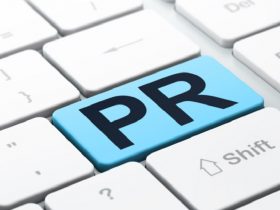Water, water, everywhere,
Nor any drop to drink.
Most of us have heard the famous lines and these speak a lot of truth, if judged from the geographical point of view. Though two-thirds of the earth is made of water, only 2.8% is fresh water. This means, we can use only a small percentage of the water. Moreover, our usages have variation like drinking and cooking, washing and cleaning, irrigation and so on. However, the concern lies in the fact that there is no possibility of creating additional fresh water. Hence, we are left with no other choice, rather treating water and freeing it from impurities.
Why Treating is So Important?
Water is one of the indispensible elements for every human being. There are many who believe that they are not yet affected from drinking impure water. But these people are not aware that some water borne diseases takes a lot of time to show itself. According to WHO, hepatitis A, cholera, diarrheal, typhoid, dysentery are some of the diseases that kill people of many countries that do not treat their water properly. Natural water reservoirs like rivers, lakes have contain a lot of pollution that makes it unfit to drink. Hence, a number of treatments are necessary to eliminate or reduce certain pollutants.
How is it Treated?
There are some techniques through which this drinking water treatment is done.
- Distillation – This is one of the most common and popular process that has been in use for ages. Here, the water is heated until it boils killing all the germs. The modern distillation equipments are different and more advanced with greater ability to purify water.
- Reverse Osmosis – Though this process was originally designed for industrial uses, it is even used for domestic water purification purpose as well. The tap water is passed through a semi-permeable membrane that removes impurities. This is a powerful membrane and sensitive to chlorine. It should be protected with active carbon filters. The life span of membrane is about 5 to 8 years. Incoming water pressure, temperature and quality of filters are some of the factors that determine performance of a reverse osmosis system.
- UV Water Purification – From homeowners to business owners, everyone prefers to use UV water purification technology to remove a range of biological contaminants from water. This is the most cost-effective and most efficient process of water treatment. This is one of the most advantageous procedures that leave no chemical in water and it does not even produces any by-products. The taste remains same and pH, or other properties of water stays intac`t.
Human body composes of 70% of water and going below this mark defines the reason for thirst. Do not compromise with health by drinking water from any sources. Contamination in the water is nothing unusual and to claim total removal of impurities is not always possible. However, thanks to these advanced methodologies and equipments, drinking water can be purified to a large extent ensuring healthy lifestyle to all.


























